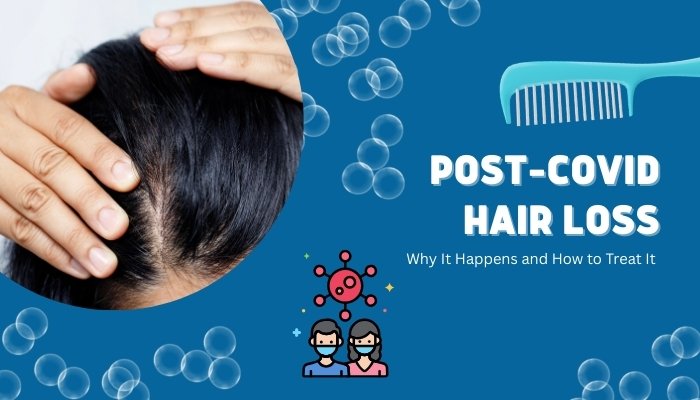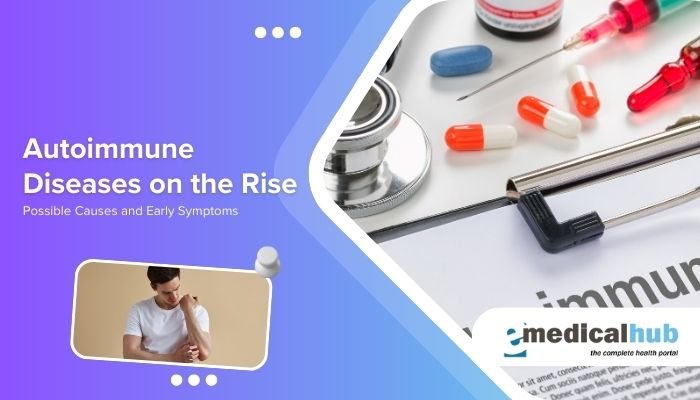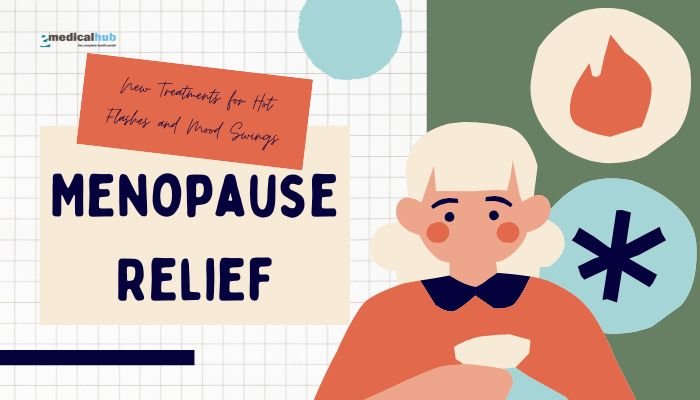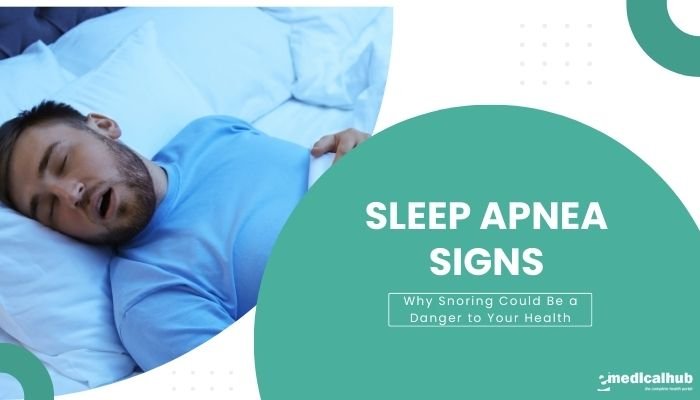Introduction
As the world learns to cope with the long-term consequences of COVID-19, many people recovering from the virus report unexpected aftereffects. One such concern is hair loss, which can happen weeks or months after recovering from an infection.

While hair shedding might seem unrelated to a respiratory illness, the phenomenon is fairly common and has been recognized by healthcare providers. It can affect the scalp’s fullness and may cause distress and self-consciousness.
This article explains why some individuals experience post-COVID hair loss, how this shedding differs from other hair disorders, and the best approaches to manage it. We’ll discuss how COVID-19 and other illnesses can trigger specific hair growth cycles, as well as what signs to watch for and how to foster regrowth.
Although post-COVID hair loss typically improves over time, targeted treatments and lifestyle changes often help speed recovery and minimize emotional stress.
A disclaimer: The following information is for general education and should not replace personalized advice from medical professionals. If you have severe hair loss or other prolonged COVID-19 complications, please consult a qualified healthcare provider.
Understanding Hair Growth Phases and Hair Loss
Hair Growth Cycle Basics
Human scalp hair follows a cycle with four main phases:
- Anagen (Growth Phase)
Lasts 2–6 years.
Most scalp hairs (about 80–90%) are actively growing at any given time. - Catagen (Transition Phase)
Lasts ~2 weeks.
The hair follicle begins to shrink and detach from the blood supply. - Telogen (Resting Phase)
Lasts ~3 months.
Hair strands remain in place while the follicle rests, typically about 10–15% of scalp hairs. - Exogen (Shedding Phase)
Hair is released from the follicle, and new growth in the anagen phase pushes out the old hair.
In healthy individuals, these phases remain balanced, causing minimal daily shedding (around 50–100 hairs). When internal or external stress disrupts these phases, excessive shedding can result.
Types of Hair Loss
- Telogen Effluvium (TE): A common type that arises when a larger percentage of hair than usual enters the telogen (resting) phase simultaneously. Stressful events—like illness, childbirth, or emotional turmoil—are frequent triggers. TE typically becomes noticeable 2–3 months after the inciting event.
- Anagen Effluvium: Rapid loss of hair in the active growth phase, often due to severe insults (e.g., chemotherapy).
- Androgenetic Alopecia: Genetic hair thinning typically presenting as a receding hairline or diffused crown thinning; unrelated to short-term triggers.
- Alopecia Areata: Autoimmune condition causing patchy hair loss.
Post-COVID hair loss most often manifests as telogen effluvium.
Why Post-COVID Hair Loss Occurs
Telogen Effluvium Trigger
COVID-19 is a substantial physical and psychological stressor on the body. Severe infections can elevate inflammatory markers, fever, and immune dysregulation, all of which can push hair follicles from anagen into telogen prematurely. Weeks or months later, this results in a mass shedding known as “telogen effluvium.” Even milder COVID-19 infections, or the stress surrounding the pandemic, can cause the same effect.
Physiological and Immune Stress
- Cytokine Response: COVID-19 can create heightened inflammatory cytokines. The immune system’s robust response can inadvertently alter normal follicle function.
- Nutritional Depletion: During acute illness, decreased appetite or malabsorption might deprive the body of nutrients essential for hair growth (protein, iron, zinc).
- Hospitalization or Severe Illness: Extended bed rest, sedation, or multi-system strain can further disrupt hair growth cycles.
Emotional Strain
- Psychological Stress: Anxiety about health, financial insecurity, social isolation, and prolonged uncertainty can independently prompt telogen effluvium.
- Lifestyle Changes: Shifts in sleep patterns, exercise routines, or dietary habits can compound stress.
Timeline of Onset
For most patients, hair loss surfaces 2–3 months after recovering from COVID-19 or after a spike in life stress, aligning with the time needed for hair in the telogen phase to shed. Some notice it earlier if their illness was particularly severe.
Recognizing Post-COVID Hair Loss
Common Features
- Diffuse Shedding: Unlike patchy hair loss, TE typically affects the entire scalp. Combing or showering might yield more strands in the brush or drain.
- Clumps of Hair: Large volumes of hair coming out in handfuls, especially during washing.
- Scalp Appearance: Overall thinning, though no distinct bald patches (differentiating it from alopecia areata).
- Short Regrowth: Over time, patients may see short, new “baby hairs” near the hairline as follicles re-enter anagen.
Emotional Toll
While telogen effluvium isn’t usually permanent, it causes anxiety, self-image issues, and can affect daily confidence. Understanding that it’s often self-limiting helps ease fears.
When to Seek Help
- Excessive Shedding: If you’re losing hair in large amounts over many weeks or see noticeable scalp changes.
- Associated Symptoms: If new scalp lesions, itching, pain, or lumps arise, consult a professional to rule out other conditions.
- Rapid Weight Loss or Nutritional Deficiencies: A doctor can verify if underlying issues are compounding hair loss.
Duration and Prognosis
Typical Course
Telogen effluvium triggered by infections like COVID-19 often peaks around 3 months after the event. Shedding can last anywhere from 2 to 6 months. Then the hair cycle normalizes, and regrowth occurs. Full hair volume restoration usually unfolds over 6–9 months, though it can stretch to a year in persistent cases.
Other Contributing Factors
- Chronic TE: Rarely, stressors remain ongoing, or multiple triggers overlap, extending telogen effluvium beyond 6 months.
- Preexisting Hair Disorders: If someone has androgenetic alopecia, stress-induced TE can exacerbate or mask its progression.
- Nutritional State: Prolonged deficiency in vitamins or protein can delay hair recovery.
Treatment and Management Strategies
Addressing Underlying Issues
- Medical Check
Evaluate overall health, iron levels, thyroid function, and vitamin D.
Seek professional advice for persistent, severe hair loss to exclude other causes. - Lifestyle Optimization
Balanced diet replete with protein, iron, zinc, and vitamins.
Manage stress via counseling, meditation, or gentle exercise.
Adequate rest and hydration.
Gentle Hair Care
- Avoid Overprocessing: Minimize chemical treatments (bleaching, perming) and tight hairstyles that strain hair shafts.
- Use Mild Shampoo: Gentle, sulfate-free products reduce scalp irritation.
- Condition Regularly: Conditioners or hair masks keep hair moisturized and reduce breakage.
Topical Treatments
- Minoxidil (Rogaine)
Over-the-counter foam or solution can help stimulate hair growth.
Apply daily to the scalp; results may take months.
Might cause initial shedding or scalp dryness. - Topical Serums
Formulas with peptides, growth factors, or plant extracts.
Evidence is variable but can be a supportive measure.
Oral Supplements
- Multivitamins: If dietary intake is uncertain, a broad-based supplement covering B vitamins, iron, zinc, vitamin D can be beneficial.
- Specific Nutrients:
Biotin: Though widely marketed, only beneficial if someone is truly deficient.
Iron: For those with confirmed low ferritin or anemia.
Omega-3 Fatty Acids: May support hair and scalp health, though data is limited.
Medical Therapies
- Low-Level Laser Therapy (LLLT)
At-home laser caps or in-office devices that might improve blood flow and follicle activity.
Some studies show modest benefits, but more research is needed. - Platelet-Rich Plasma (PRP)
A procedure where a patient’s own blood is processed to concentrate platelets, then injected into the scalp to stimulate follicles.
Mixed results; used more commonly in androgenetic alopecia, but can sometimes benefit TE.
Stress Management
- Psychological Support
Therapy or counseling to cope with the emotional aspects of hair loss.
Anxiety can perpetuate the cycle of shedding. - Mindfulness and Relaxation
Techniques such as yoga, deep breathing, journaling.
Adequate sleep fosters hair’s natural repair mechanisms.
Myths and Misconceptions
- “It’s permanent baldness.”
Telogen effluvium typically reverses once triggers resolve; permanent hair loss is unlikely. - “Biotin cures hair loss.”
Biotin deficiency is rare. Supplements may not help unless a deficiency is confirmed. - “Shaving the scalp speeds regrowth.”
Hair thickness is genetically determined; shaving does not affect growth speed or hair diameter. - “Washing hair daily worsens shedding.”
Those hairs were going to shed anyway. Gentle washing keeps scalp healthy, as long as you avoid over-scrubbing.
How Long Does It Take for Hair to Regrow?
Initial Regrowth
Small “baby hairs” might appear near the hairline or parted areas around 2–3 months after the shedding peak. Some notice short, spiky regrowth among longer existing hair.
Full Restoration
Healthy scalp hair grows around 0.5 inches per month. Achieving your previous length and density can range from 6 months to a year, depending on how severely your hair was affected and individual factors like genetics and nutrition.
Monitoring Progress
- Periodic Photos: Taking monthly scalp pictures helps track subtle changes.
- Hair Pull Test: A gentle pull on a small group of hairs can gauge if excessive shedding persists.
- Professional Consults: A dermatologist can measure hair diameter or use scalp dermoscopy to evaluate regrowth.
Post-COVID Hair Loss vs. Other Conditions
- Chronic Telogen Effluvium
Ongoing stress or health issues can lead to repeated cycles of TE.
Ruling out thyroid problems, iron deficiency, or persistent inflammation is key. - Androgenetic Alopecia
Gradual thinning, typically with a pattern distribution, not sudden clumps.
Post-COVID TE might overlap, accelerating preexisting pattern hair loss. - Alopecia Areata
Immune-related patches or circles of hair loss, often more abrupt.
Different mechanism than TE, though stress can trigger episodes.
If uncertain, a dermatologist can conduct scalp exams or perform tests (like scalp biopsy) to differentiate these conditions.
Addressing Emotional Effects
Psychological Toll
- Body Image: Sudden thinning can erode self-esteem, especially after the stress of recovering from COVID-19.
- Anxiety and Social Withdrawal: People may avoid social situations or feel embarrassed.
Coping Tips
- Educate Yourself: Understanding that TE is usually temporary can alleviate fears.
- Support Groups: Online forums or in-person communities can validate experiences and share tips.
- Styling Adjustments: Using volumizing products, changing hair parting, or wearing hair accessories can camouflage thinning while regrowth occurs.
Professional Help
- Counseling: A mental health professional can help manage distress if hair loss triggers significant emotional struggles.
- Dermatologist Consultation: Reassurance from an expert about the natural course of TE can be comforting.
Future Research and Ongoing Studies
COVID-19’s Long-Term Effects
Given that SARS-CoV-2 is relatively new, ongoing research explores:
- Chronic Post-COVID Syndromes: How repeated infection or “long COVID” might influence hair cycle disruptions.
- Immune Pathways: In-depth understanding of cytokine storms and hair follicle dormancy or shedding.
Novel Therapies
- Scalp Microbiome: Investigations into whether altering scalp bacterial/fungal communities can promote hair health.
- New Oral and Topical Medications: Possibly harnessing antioxidants, anti-inflammatory agents, or more targeted immunomodulators.
Though post-COVID hair shedding is typically not permanent, medical science continues to refine supportive treatments to speed recovery and mitigate stress.
Frequently Asked Questions (FAQs)
- Does hair loss from COVID-19 only happen to those hospitalized?
No. Even mild or asymptomatic infections—or even pandemic-related stress—can spark TE, though severe illness may heighten the risk. - Are certain hair types more prone to post-COVID shedding?
TE can affect all hair textures and ethnicities. Individual hair characteristics might influence the visual perception of thinning, but no group is entirely spared. - Should I avoid coloring or styling during TE?
Gentle coloring or styling is typically safe, but harsh chemicals or high-heat styling may exacerbate breakage. Prioritize scalp health and mild hair-care techniques. - Can repeated COVID-19 infections cause repeated hair loss episodes?
Potentially, yes. Each major physiological stress event can trigger new TE cycles. Maintaining good health and seeking early treatment for infections helps minimize recurrences. - Will hair vitamins alone solve the problem?
While certain supplements support hair health if deficiencies exist, vitamins alone may not fully reverse TE. A holistic approach addressing diet, stress, and scalp care works best.
Summary: Key Takeaways
- Temporary Shedding: Post-COVID hair loss is commonly telogen effluvium, causing abrupt, diffuse shedding 2–3 months after infection or stress. It typically resolves as follicles return to normal cycling.
- Address Contributing Factors: Ensuring proper nutrition, stress management, and scalp care can support recovery.
- Medical Options: Treatments like minoxidil, nutritional supplementation, or even emerging therapies can expedite regrowth if needed.
- Consult Professionals: Persistent or severe shedding warrants a dermatologist’s assessment to exclude other conditions.
- Stay Patient: Regrowth may take 6–12 months. Understanding the typical course reduces anxiety and fosters realistic expectations.
Conclusion
While post-COVID hair loss can be alarming, it is usually a temporary form of telogen effluvium caused by the physiological and emotional stress of the infection. Knowing that it’s a recognized phenomenon can reassure those who experience it. A combination of gentle hair care, balanced nutrition, stress reduction, and targeted medical interventions (when necessary) typically supports hair’s return to its prior fullness. It’s important to remember that every individual’s timeline varies, and consistent, patient efforts often yield the best outcome.
If you find your hair shedding excessively months after a COVID-19 infection—or a significant stress event—discuss the situation with a healthcare professional. They can confirm whether you’re experiencing post-COVID telogen effluvium or if another factor contributes. With proper guidance, most people see their hair health rebound, marking another step toward full recovery in the post-COVID era.
References
- Mieczkowska K, Deutsch A, Borok J, et al. Telogen effluvium: A systematic review of trichoscopic findings. J Cosmet Dermatol. 2020;19(6):1345-1350.
- Rossi A, et al. Telogen effluvium after SARS-CoV-2 infection: The role of the pro-inflammatory cytokines. J Eur Acad Dermatol Venereol. 2021;35(8):e472-e474.
- Wollina U, et al. Changes of hair after COVID-19 infection. Dermatol Ther. 2021;34(3):e15040.
- Paus R, Cotsarelis G. The biology of hair follicles. N Engl J Med. 1999;341(7):491-7.
- Sinclair RD. Telogen effluvium: The cyclical scarring alopecia. Australas J Dermatol. 2006;47(3):106-8.
- Rebora A, Semino MT, Guarrera M. Telogen effluvium and brassiere scales: A new method for evaluating hair shedding. Arch Dermatol. 1993;129(9):1121-3.
- Rossi A, Anzalone A, Fortuna MC, et al. Multi-therapeutic approach in telogen effluvium management. Dermatol Ther. 2020;33(3):e13445.
- Adal M, et al. Stress-related telogen effluvium: New insights into disease mechanism. Indian J Dermatol. 2019;64(3):194-197.
- Grover C, et al. Telogen effluvium: an overview. Indian J Dermatol Venereol Leprol. 2013;79(5):591-602.
- Freedman R, Tosti A. Minoxidil use in dermatology, side effects and potential. J Cosmet Dermatol. 2021;20(6):1579-1588.
- Trüeb RM, et al. Female alopecia: New therapeutic strategies. Clin Dermatol. 2019;37(2):207-212.
- Pawar VM, et al. Post COVID hair shed. Our Dermatol Online. 2021;12(3):307-310.




